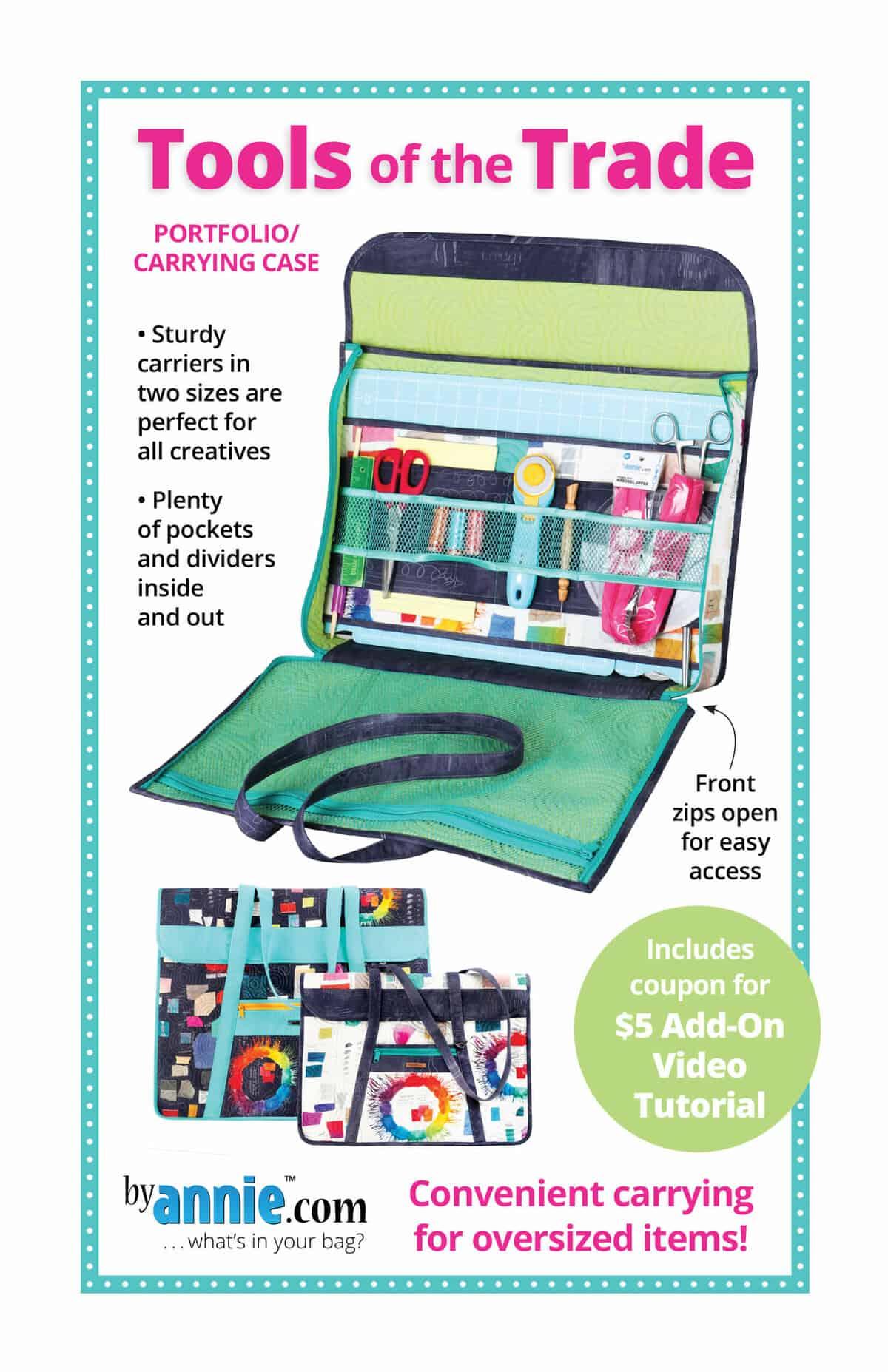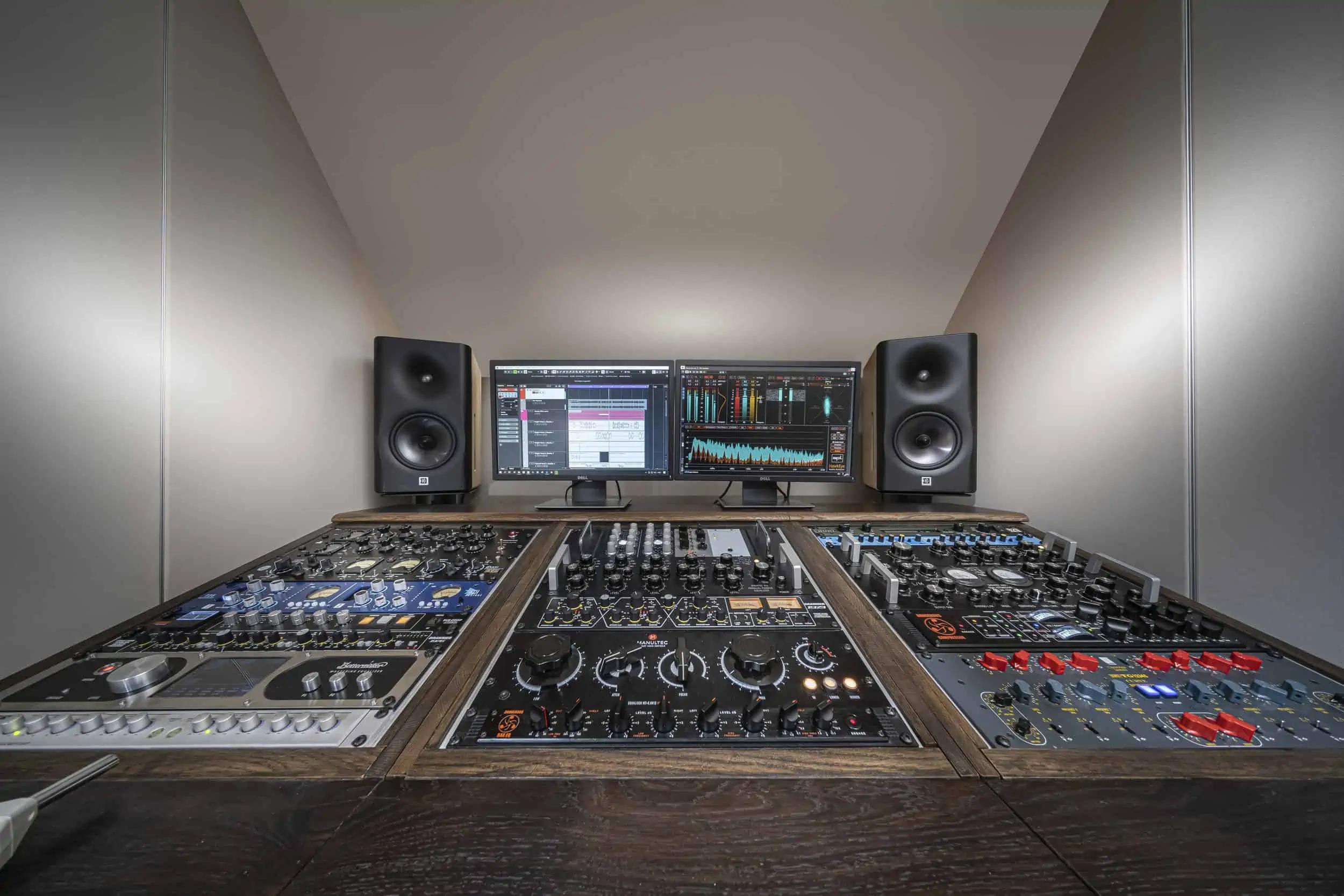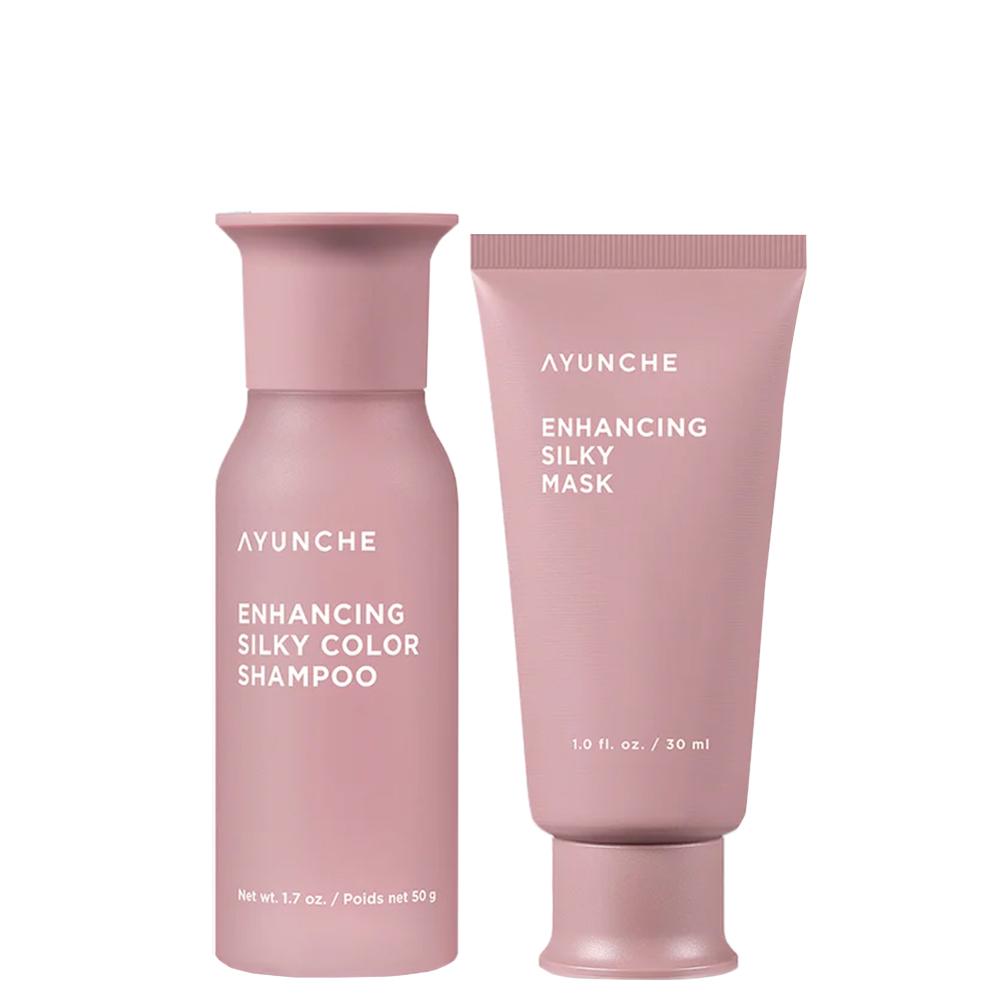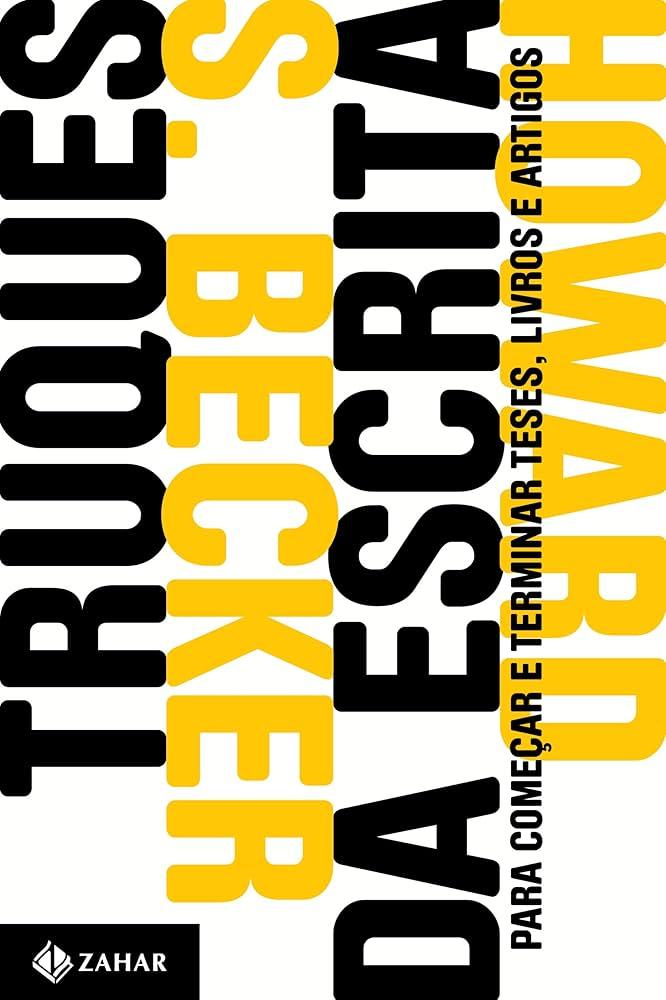Índice
Unlocking the Secrets of an Advanced Editor: Elevate Your Edits with These Game-Changing Tricks!
In a world awash with content, the art of editing stands as a beacon of clarity, precision, and creativity. For many, the journey of an editor begins with the basics—polishing grammar, enhancing structure, and ensuring coherence. However, what sets apart an ordinary editor from an advanced one is the mastery of subtle yet powerful techniques that can transform an average piece into a compelling narrative. In this article, we delve into “Os segredos de um Editor Avançado,” uncovering the invaluable tricks that seasoned editors use to refine their craft. Whether you’re a budding editor looking to sharpen your skills or an experienced wordsmith seeking new insights, join us as we explore strategies that promise to elevate your editing game and breathe new life into your work. Get ready to unlock the secrets that could revolutionize the way you edit!
Unlocking the Tools of the Trade for Seamless Edits
In the world of advanced editing, mastery of tools is key to transforming raw content into captivating narratives. Editors should embrace a variety of software and applications that enhance workflow efficiency and creativity. Here are some essential tools to consider:
- Editing Software: Programs like Adobe Premiere Pro and Final Cut Pro offer advanced features for video editing.
- Audio Correction Tools: Plugins such as iZotope RX can help refine audio quality to a professional standard.
- Color Grading Software: DaVinci Resolve is excellent for achieving stunning visuals with color correction.
- Collaboration Platforms: Tools like Frame.io facilitate seamless communication between editors and clients during the review process.
To ensure a fluid editing process, it’s important to focus not only on individual tools but also on creating an efficient workflow. Consider setting up a dedicated editing environment with essential equipment to boost productivity:
| Equipment | Purpose |
|---|---|
| High-Resolution Monitor | For detailed visuals and color accuracy. |
| Quality Headphones | To ensure precise audio editing and mixing. |
| External Hard Drive | For safe storage of large project files. |
| Ergonomic Chair | To maintain comfort during long editing sessions. |

Mastering the Art of Storytelling Through Effective Editing
Effective editing is the backbone of compelling storytelling. By refining your narrative, you can elevate your work from mundane to extraordinary. To achieve this, focus on essential techniques that reshape your story. Consider the following aspects:
- Clarity: Remove jargon and convoluted phrases that may confuse your readers. Keep sentences straightforward and engaging.
- Structure: Ensure your story follows a logical progression. Use outlines to keep track of key plot points and character arcs.
- Voice: Maintain a consistent tone that aligns with your narrative style. This helps in creating a deeper connection with your audience.
Moreover, a crucial part of storytelling is the art of cutting unnecessary elements. Not every scene or character is essential to your narrative. Consider consolidating or eliminating aspects that do not drive the story forward. Here’s a quick overview of elements to examine:
| Element | Importance |
|---|---|
| Scenes | A scene should either develop the plot or character. |
| Characters | Each character needs a purpose in the story. |
| Dialogue | Dialogue should reveal character or advance the plot. |
| Descriptions | Descriptions should be vivid yet concise. |

Enhancing Your Workflow with Time-Saving Techniques
In today’s fast-paced editing environment, efficiency is key to maintaining your creative flow. Incorporating keyboard shortcuts can drastically reduce the time spent on repetitive tasks, allowing you to focus on what truly matters: your content. Familiarize yourself with shortcuts for common actions, such as cutting, pasting, and navigating through timelines. Additionally, utilizing tools like macros can automate frequent tasks, paving the way for a smoother workflow. Consider creating your own set of macros tailored to your editing style to streamline those time-consuming actions.
Moreover, a well-organized project structure plays a vital role in enhancing your editing efficiency. Start by categorizing assets into intuitive folders such as raw footage, b-roll, and audio files. This simple yet effective strategy minimizes the time you spend searching for files. A visual reference can also help keep you focused; consider using a content board where you can post key elements or deadlines. Below is an example table illustrating how to set up your folder structure for optimal efficiency:
| Folder Name | Description |
|---|---|
| Raw Footage | All unedited clips |
| B-roll | Supplemental footage |
| Audio | Music and effects |
| Final Edits | All finished projects |

Cultivating a Critical Eye: Tips for Spotting Flaws and Opportunities
To become adept at spotting flaws and opportunities in your edits, develop a routine that encourages meticulous attention to detail. Start by reading the material aloud, as this technique often highlights awkward phrasing or inconsistencies that may go unnoticed during silent reading. Another effective practice is to take breaks before reviewing your work, allowing fresh eyes to catch errors and identify areas for improvement. Keeping a checklist can also help maintain focus; tailor a list to your specific editing needs, addressing elements like grammar, style, and overall coherence.
In addition to honing your technical skills, fostering an open mindset will enable you to recognize potential opportunities for enhancement. Collaborating with others can provide invaluable insights; share your work with peers, inviting constructive criticism that offers new perspectives. Actively study published works, analyzing editorial choices that resonate with you. Consider creating a short reference table to organize insights gleaned from your examination of various texts:
| Element | Observation |
|---|---|
| Structure | Effective use of headings for clarity |
| Vocabulary | Varied word choice to maintain engagement |
| Tone | Consistent voice that suits the audience |
Insights and Conclusions
In a world where every pixel and word carries the weight of storytelling, becoming an advanced editor is not just about mastering software; it’s about uncovering the secrets that elevate your craft. As we’ve journeyed through the intricacies of editing, from nuanced techniques to innovative tools, we’ve armed you with a toolkit designed to enhance your editing prowess.
Remember, the magic lies not just in the edits you make but in the creativity you infuse into your work. Whether you’re polishing a manuscript or refining a video, let these tricks guide you towards a more polished and impactful final product.
As you embrace these insights, you’re not just improving your skills; you’re also unlocking a new level of storytelling. So go forth with confidence, experiment boldly, and continue to evolve as an editor. The next masterpiece is just an edit away!
